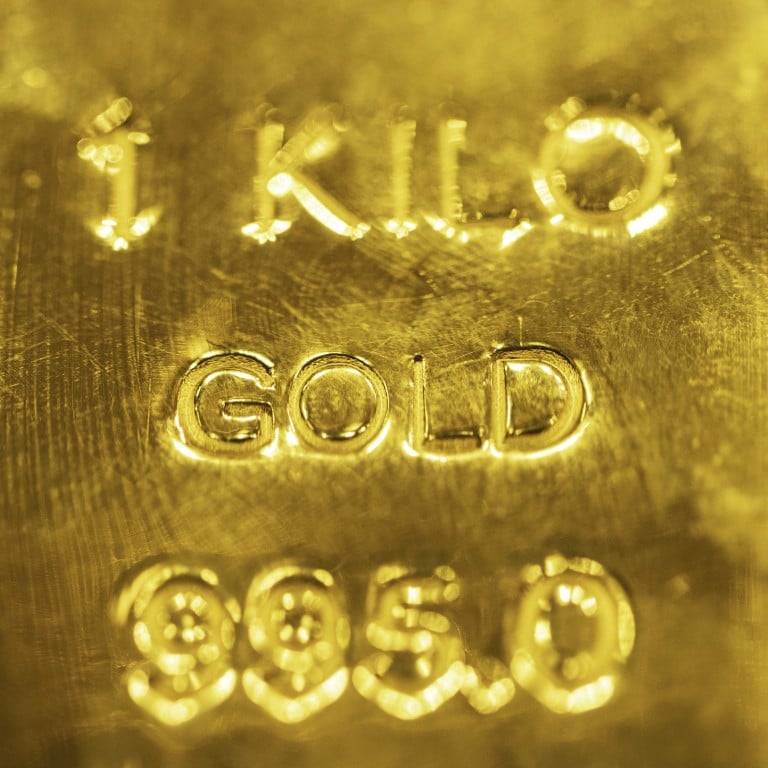
Gold demand to hit record with central-bank buying and Federal Reserve rate cuts, WGC says
- The precious metal rallied 13 per cent last year, touching a record in early December, on the back of economic and political uncertainty, geopolitical tensions
- Central-bank buying to top 500 tons this year, after net purchases reached 1,037 tons in 2023, the WGC said
Total gold demand hit a record last year and is expected to rise again in 2024 as the Federal Reserve moves towards cutting interest rates, potentially aiding prices, according to the World Gold Council (WGC).
Overall consumption expanded about 3 per cent to 4,899 tons last year, supported by strong demand in the opaque over-the-counter (OTC) market, as well as from sustained central-bank buying, according to the WGC’s full-year report. That’s the highest total figure in data going back to 2010.
“The landscape is appropriate for emerging central banks to continue to be net buyers,” Joseph Cavatoni, chief market strategist at the WGC, said in an interview. The council sees a strong case for record buying by countries such as China and Poland, he said.
The comprehensive demand figure includes bullion for investment, jewellery, coins, central-bank buying, exchange-traded funds (ETFs) and OTC activity. In that latter market, participants including sovereign funds, high net-worth individuals and hedge funds invest in gold bars, Cavatoni said.
The precious metal rallied 13 per cent last year, touching a record in early December, on the back of economic and political uncertainty, geopolitical tensions, and expectations that the US central bank is poised to start easing policy after an aggressive hiking campaign to tame inflation. Investors typically want to own gold in a rate-cutting cycle as it benefits from lower Treasury yields and a weaker dollar.
Annual demand growth in the OTC market hit 753 per cent last year, the most since at least 2011, WGC data showed. Investors are expected to continue accumulating gold at an accelerated pace this year, largely driven by the Federal Reserve’s expected pivot towards easing, according to Cavatoni.
Central-bank buying maintained a breakneck pace, with annual net purchases of 1,037 tons last year, just 45 tons shy of the record set in 2022, the WGC said in the report. It expects central-bank buying to top 500 tons this year.
The expected OTC spree, as well as central-bank buying, will provide a key counterweight to softness elsewhere, especially ETFs. That provides strong upside for prices, with a case for US$2,200 an ounce or more, according to Cavatoni. Spot gold peaked at US$2,135.39 in December.
Jewellery demand may struggle this year as economic slowdowns and high prices start to bite, according to the WGC, which put consumption from this sector at 2,093 tons in 2023.
One bright spot may be India, the second-biggest consumer, with demand from the Asian nation expected to rebound to between 800 and 900 tons in the next two years after sliding to 748 tons in 2023.
The rebound is supported by increased incomes as the economy grows, said P R Somasundaram, regional CEO at the council in India. Sales were steady in the past few years despite a massive jump in prices, he said.
In China, demand for gold jewellery is likely to remain stable, as consumers have sought to preserve value in the safe-haven asset against a weakening currency and an increasingly uncertain economic outlook. Still, the WGC expects a slowdown in the the country’s growth – a scenario that could limit households’ budgets for buying bars and coins, as well as jewellery.


.jpg?itok=EbVWo-Ha)
